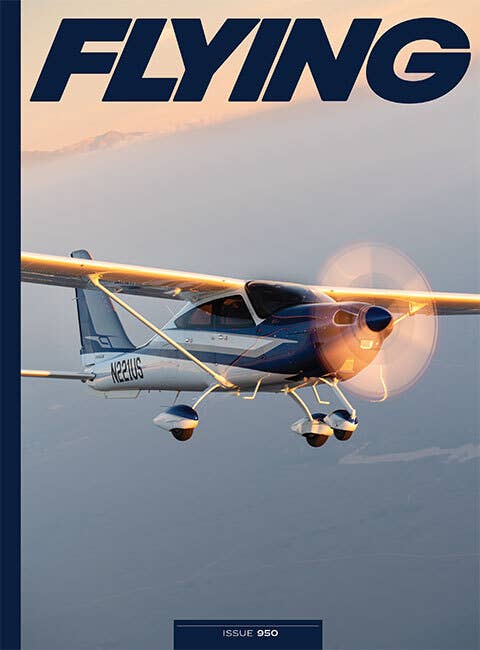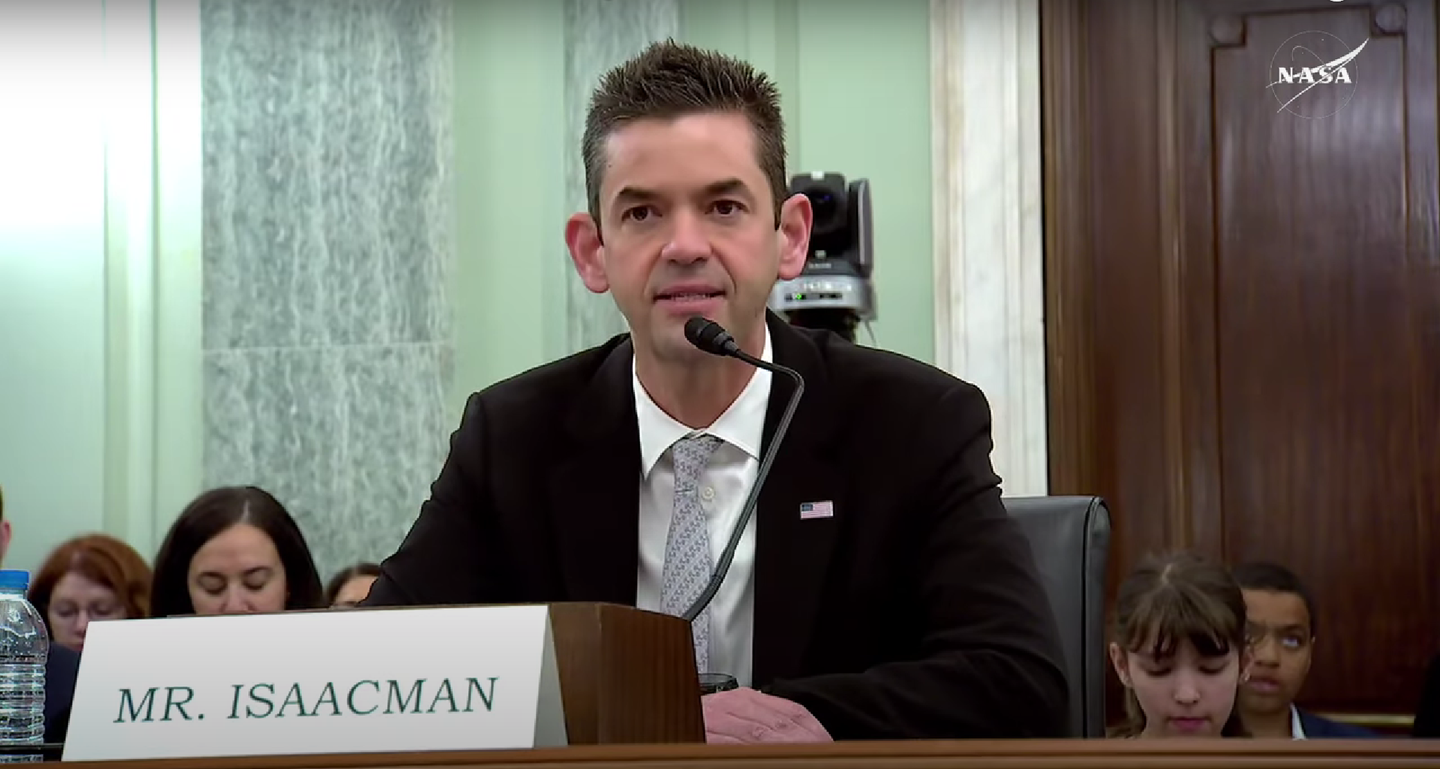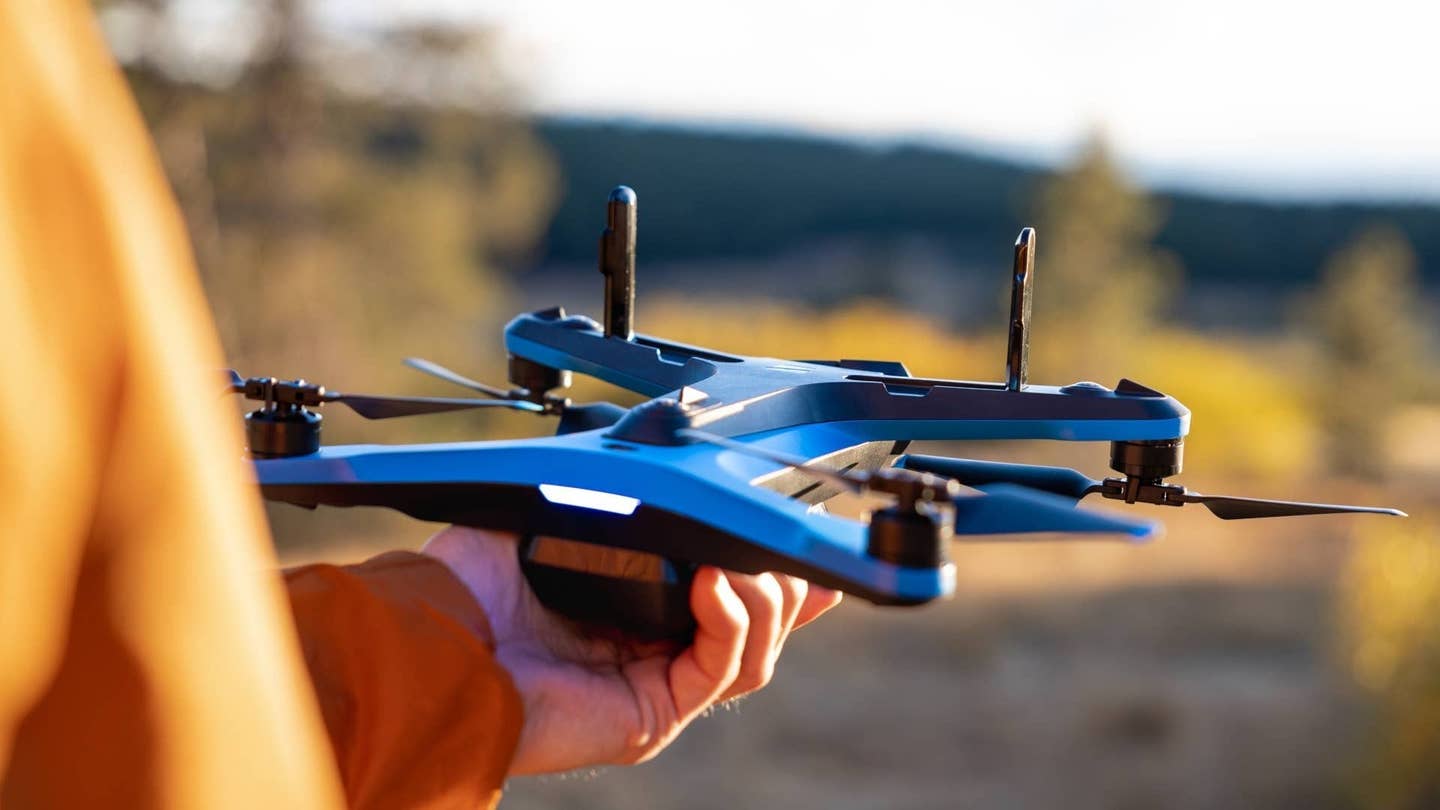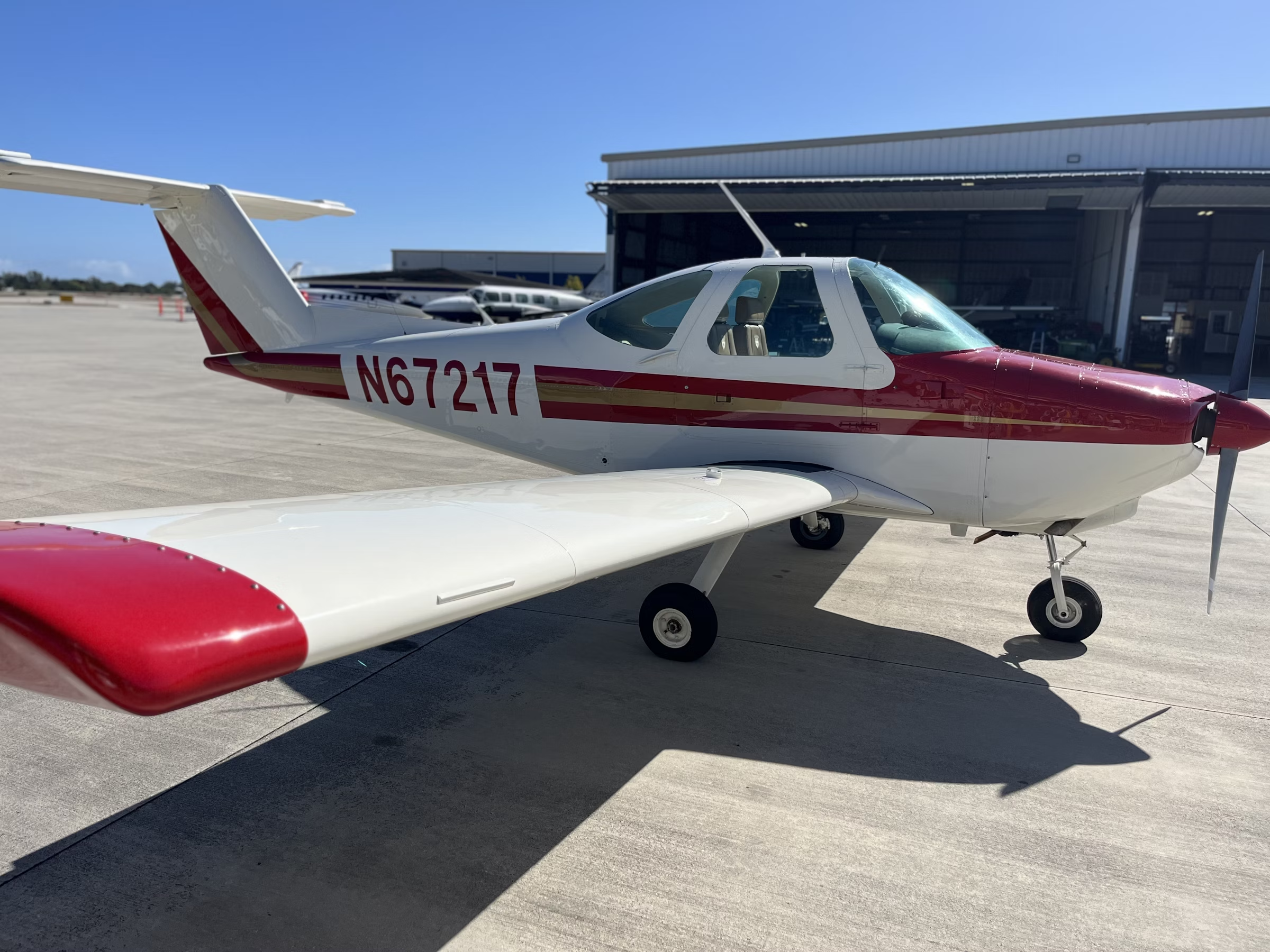Shaking the Rust Off a CFI Ticket
It’s that returning to the right seat state of mind.
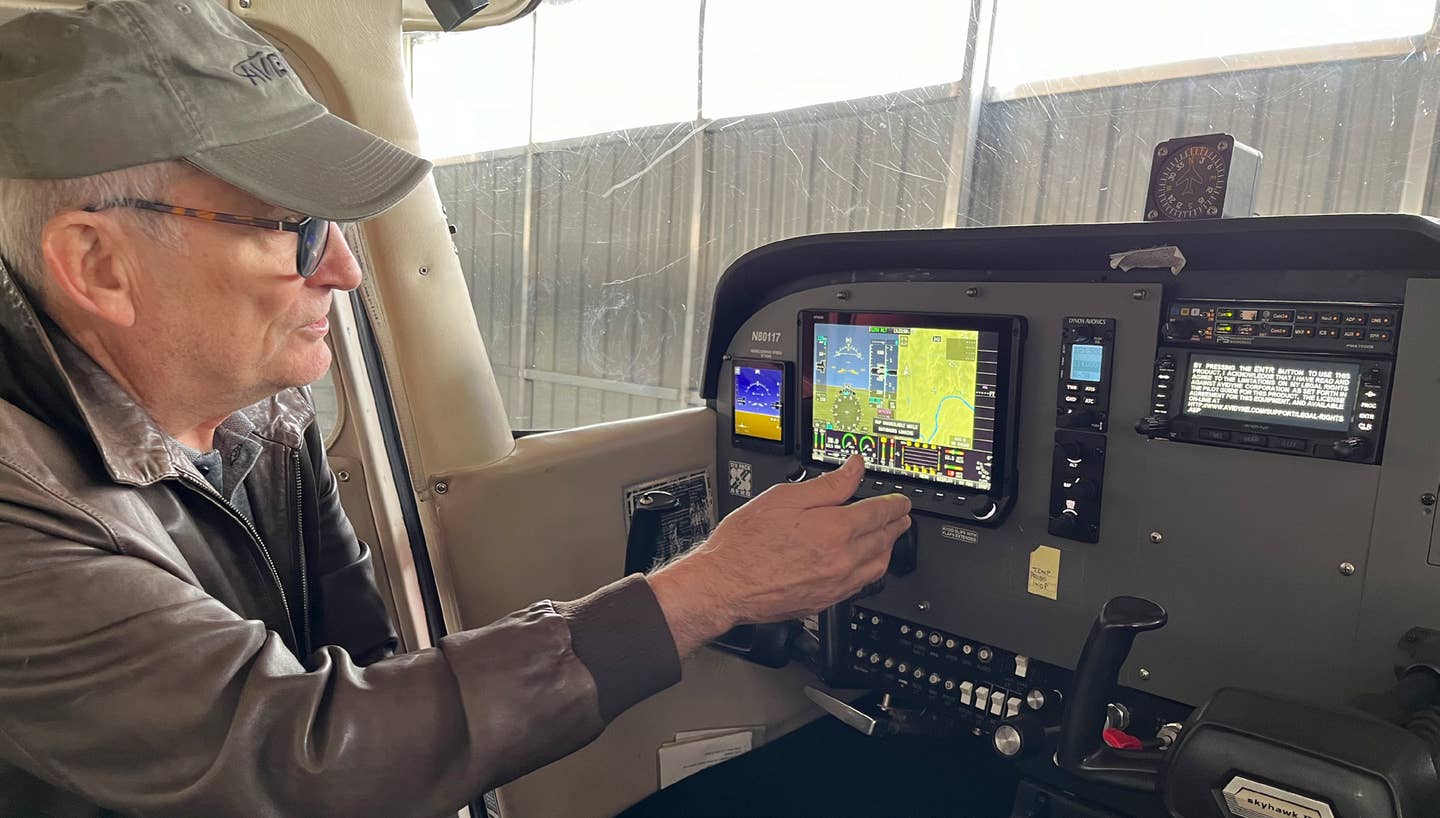
There is a lot to consider when a person returns to the CFI world. [Courtesy: Meg Godlewski]
The nice thing about the flying hours logged in aviation is that they don’t expire. Those hours on your logbook don’t magically disappear if you decide to hang up your wings for a bit—even if they are instructor wings and one day you decide to get back into the cockpit on the right side and teach again.
It will take time, however. It has been my privilege to help lapsed CFIs regain their skills and add some new ones, thus enabling them to teach again.
If you're not already a subscriber, what are you waiting for? Subscribe today to get the issue as soon as it is released in either Print or Digital formats.
Subscribe NowThere is a lot to consider when a person returns to the instructor cadre. Depending on how long you’ve been out of the instructor game, there have likely been some changes.
Learners vs. Students
The latest version of the Aviation Instructor’s Handbook informs us that the term “student” has been replaced by “learner.” The argument being that a great many people who seek flight training are past traditional school age and possibly well established and respected in their careers and find the term “student” demeaning.
Some instructors work around this by referring to the people they train as their “clients,” or better yet asking the person, “How do you wish me to address you?” This shows respect and helps them feel valued, which is important when they make themselves vulnerable in the learning environment.
The TSA Endorsement
Before a CFI can begin instructing someone, they need to verify that person’s citizenship and give them what is known as the TSA endorsement.
- READ MORE: Training the Trainers Remains Critical
For a U.S. citizen, it’s pretty straightforward—proof of citizenship is usually established with their passport or birth certificate. The language for the endorsement can be found in Advisory Circular 61-65, which has all the endorsements.
A record of the TSA endorsement must be kept for five years. The other CFI records, such as the endorsements for check rides or training provided, need to be held for three years. You can do this electronically or on paper—just make sure that you keep good records.
Two Certificates for Student Pilots Before Solo
Before the 2010s, the aviation medical certificate was also the student pilot certificate. When a student soloed, the CFI endorsed the certificate as well as the student’s logbook. Additional endorsements were required for solo cross-country flights.
- READ MORE: A Look at the Evolution of Flight Training
This has changed. Now there is a student pilot certificate that must be applied for through the computer-based Integrated Airman Certification and Rating Application. The CFI needs to assist the applicant and verify their identity by using the student applicant’s driver’s license.
Pro tip: Check the “DO NOT USE” box when the application asks for the student’s social security number. These days most pilots use the computer-generated Federal Tracking Number (FTN). Pilots should keep this someplace safe and accessible.
The student pilot certificate is now plastic and carries the warning “CARRYING OF PASSENGERS PROHIBITED.” That doesn’t stop you from having an observer on a dual instructional flight, such as another learner in the back seat of the airplane with the client’s permission, of course, because on an instructional flight the CFI is the PIC.
Student pilots are not permitted to act as PIC unless they have been properly endorsed and are alone in the aircraft.
Glass Cockpits
If all your time is on round-dials, so-called steam gauges, don’t sweat it. The glass designs provide the same information but faster and some would say more reliably than mechanical instruments provide.
When an instrument fails, it’s really obvious. I mean, a great big “X” appears over it, or there is an annunciation warning such as “OIL PRESSURE,” so there is no guessing as to what the issue is.
The buttonology will take some time to learn. Your best bet is to use an ATD (simulator) with the representative cockpit or plug the aircraft into a power source so you don’t run down the battery as you learn how to use the avionics.
GPS Navigation
There is much more to teaching the use of the GPS than hitting “DIRECT TO.” Begin the lesson by showing the learner how to check the Remote Autonomous Integrity Monitoring (RAIM), which basically lets the user know if there will be enough satellites for the GPS to function adequately (kind of like bars on a cell phone to indicate service).
The learners still need to develop situational awareness, especially when it comes to terrain and airspace, as well as pilotage, dead reckoning, and how to use other navigational devices installed in the aircraft, including the compass and VORs.
Electronic vs. Paper Charts
Embrace the digital age, but don’t eschew paper. While many pilots use an electronic flight bag app, don’t forget to teach the learners how to use paper sectionals and TACs if available. If their tablet fails, goes missing, etc., they will need to know how to look things up on the sectional or TAC.
Pay special attention when the charts are updated (both on paper or electronically), and teach them to look for changes in airspace dimensions and type, and communication frequencies.
ADS-B
Automatic Dependent Surveillance-Broadcast (ADS-B) has changed the way we think about situational awareness as it provides both pilots and controllers real-time shared situational awareness and aircraft surveillance.
ADS-B can supply the pilot with information ranging from weather, in-flight information such as approaching airspace, and the all important traffic warnings. However, the ADS-B stops short of telling the pilot what to do to avoid the other traffic, and there are some aircraft that do not have ADS-B or it may be malfunctioning, so you still need to keep your eyes outside.
Autopilots in Trainers
Having an autopilot in a training aircraft might seem like an oxymoron, as having “George” fly the airplane would seem to take the fun out of it.
However, if the aircraft is equipped with one, not only does a learner need to know how to use it, how to disconnect it (either the regular way or by pulling the circuit breaker), but they also should be taught when it is appropriate to use autopilot and its limitations, if any.
Brush Up Your Instrument Skills
The instrument rating is a prerequisite for most instructor ratings. Yet so many CFIs let those skills lapse because they don’t have the time to keep them sharp.
Although you may not want to teach instrument flight, make sure you can still fly safely in the soup if that MVFR day goes IFR before you can get back on the ground.
This column first appeared in the December Issue 953 of the FLYING print edition.
Top-Selling Aviation Gear in December
See what FLYING readers purchased for their aircraft in December 2024:

Sign-up for newsletters & special offers!
Get the latest FLYING stories & special offers delivered directly to your inbox

